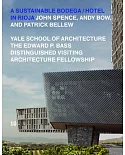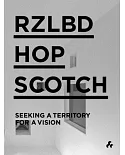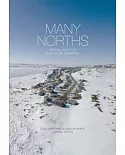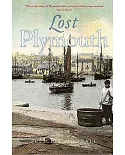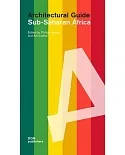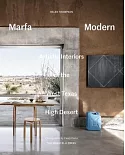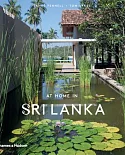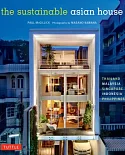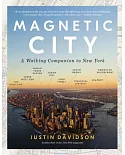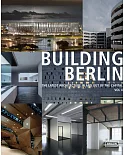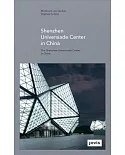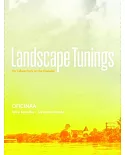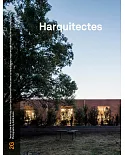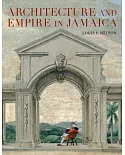Many of the architects responsible for modern-day Rome—such as Hadid, Fuksas, Baldeweg, and Meier—have reached international stature. Many contemporary Italian architects—such as King Roselli,
Labics, and IaN+—use Rome as a lab for testing their ideas. While some might note the weakness of the residential sector in attracting architectural quality, it is hard to escape the growing
attention paid to public spaces and infrastructures. This volume surveys Rome’s varied architectural landscape and contains over forty projects and a map, demonstrating how the geography of the
city is evolving, and how quality can be found both in the center and on the edge of town.


